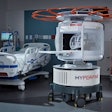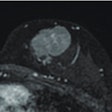MRI with an arterial spin labeling (ASL) protocol has shown that regular physical exercise appears to help healthy aging adults improve their memory, brain function, and physical fitness.
In a study published online in Frontiers in Aging Neuroscience, ASL-MRI showed higher resting brain blood flow in the anterior cingulate region in those who exercised, indicating higher neuronal activity and metabolic rate. The anterior cingulate has been linked to superior cognition in late life (Aging Neurosci, November 12, 2013).
The findings are significant, considering that staying mentally sharp outranks social security and physical health as the top priority and concern in the U.S. among adults 50 and older, according to lead author Sandra Bond Chapman, PhD, founder and chief director of the Center for BrainHealth at the University of Texas.
In the study, sedentary adults between the ages of 57 and 75 were randomized into a physical training group or a wait-list control group. The physical training group participated in supervised aerobic exercise on a stationary bike or treadmill for one hour, three times a week, for 12 weeks.
Participants' cognition, resting cerebral blood flow, and cardiovascular fitness were assessed before beginning the physical exercise regimen, at six weeks, and again at 12 weeks.
Exercisers who improved their memory performance also showed greater increase in brain blood flow to the hippocampus, which is closely linked to Alzheimer's disease.
ASL-MRI identified brain changes earlier than memory improvements, suggesting that brain blood flow is a promising and sensitive metric of brain health gains across treatment regimens, Chapman noted.

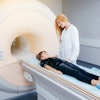

.fFmgij6Hin.png?auto=compress%2Cformat&fit=crop&h=100&q=70&w=100)

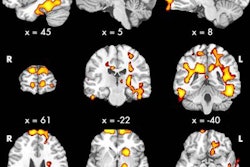
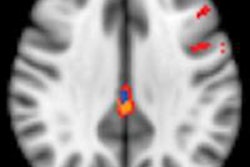
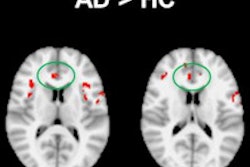
.fFmgij6Hin.png?auto=compress%2Cformat&fit=crop&h=167&q=70&w=250)




